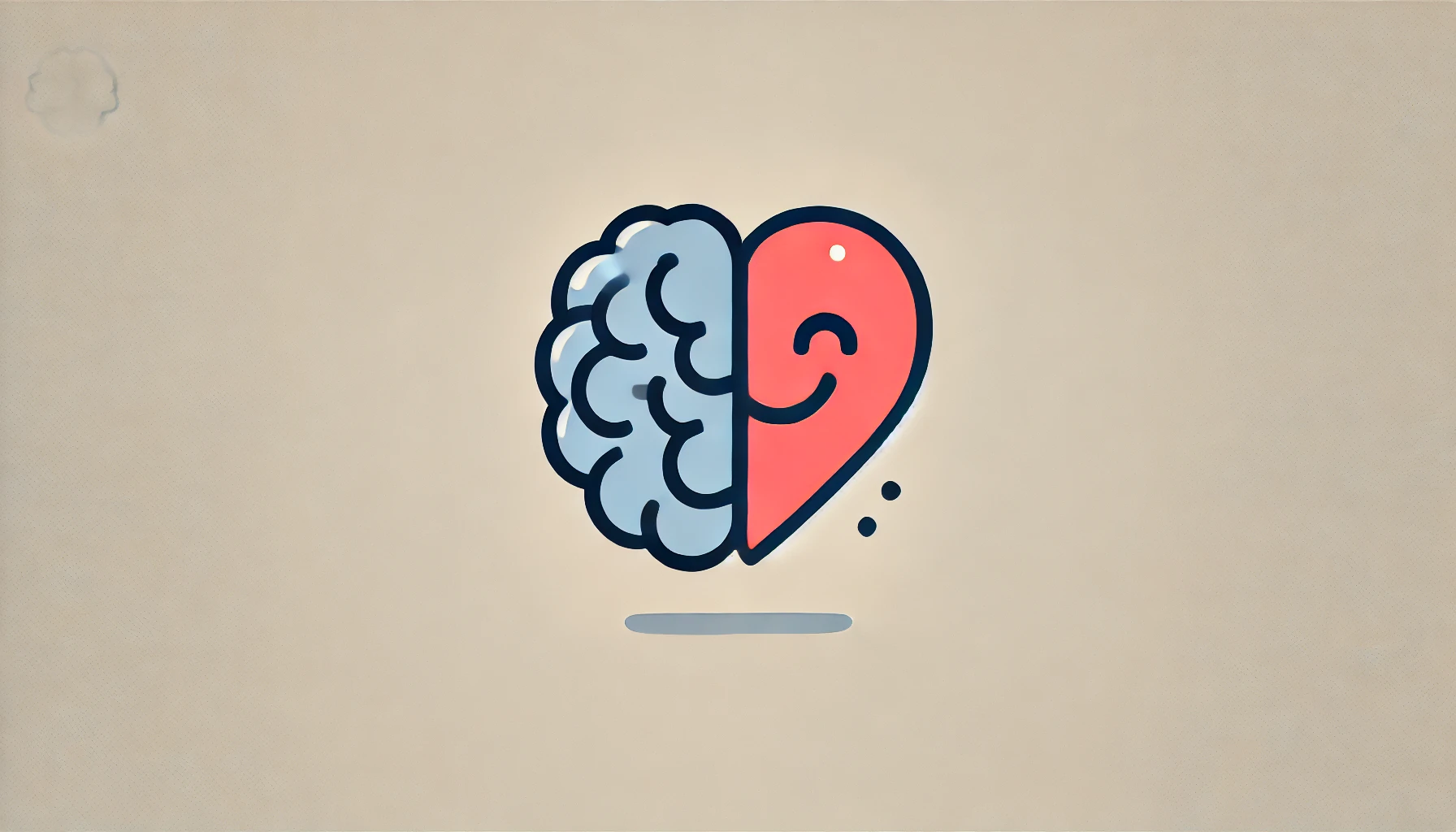Hey there, psychology enthusiasts! 🌟 Welcome to our very first blog post where we dive into the fascinating interplay between Thinking and Feeling. Whether you’re cramming for your next psych exam or just curious about what makes you tick, we’ve got you covered. So, grab your favorite drink, get comfy, and let’s explore this mind-bending topic together!
What’s the Deal with Thinking and Feeling?
First things first – what exactly are Thinking and Feeling?
Thinking is all about logic, analysis, and making decisions based on objective criteria. Think of it as your brain’s internal calculator, always crunching numbers and facts to come up with the best solution.
Feeling, on the other hand, is the realm of emotions, values, and making decisions based on what feels right. It’s like your heart’s personal GPS, guiding you through life with a focus on harmony and empathy.
How Do They Relate to Personality Types?
In the world of psychology, Thinking and Feeling are major players in personality theory, particularly in the Myers-Briggs Type Indicator (MBTI). According to MBTI, people tend to favor one of these approaches over the other when it comes to making decisions. Here’s a quick breakdown:
- Thinkers (T): These folks prioritize logic and objectivity. They’re the ones who analyze everything to bits, love solving problems, and often have a no-nonsense approach to life.
- Feelers (F): These individuals value harmony and personal values. They’re empathetic, great at understanding others’ emotions, and often make decisions based on how they’ll affect people.
But here’s the kicker – everyone has both Thinking and Feeling sides! It’s just a matter of which one you lean towards more naturally.
How Are They Different?
Let’s break it down with some analogies:
- Thinkers are like detectives, always gathering evidence and piecing together clues to solve the mystery of life.
- Feelers are like artists, painting their world with colors of compassion, empathy, and personal connections.
Thinkers might prefer a clear, structured plan, while Feelers might go with the flow and prioritize everyone’s happiness along the way. Both approaches have their strengths and weaknesses and understanding them can help you navigate your own personality and interactions with others.
How Thinkers and Feelers Can Maintain Relationships

Thinkers and Feelers can clash in many different ways, whether it’s in relationships, teams, or office politics. Here are a few tips for either to follow:
For Thinkers:
- Practice Empathy: Take time to understand and validate the emotions of others, even if they don’t align with your logical approach.
Feelers may not always behave or respond in the most logical ways, but keep in mind that they aren’t usually very expressive of their logic, but their logic exists within their stonger sense of emotional intelligence.
- Communicate Kindly: Use gentle language and be mindful of how your directness might impact Feelers.
Depending on how you react or respond to a Feeler can set the tone of the entire conversation with them. Feelers are less inclined to debate the nature of certain subjects, especially with personal matters. Be mindful that they are looking for emotional intelligence with you and are keen to read your emotional responses as well.
- Be Patient: Recognize that not everyone processes information or makes decisions as quickly as you do.
Certain things require different waves of energy from Feelers. They’re not only processing things logically, but also emotionally, reflecting on how they may affect others emotionally as well with their decisions.
- Seek Balance: Incorporate emotional intelligence into your interactions to foster deeper connections.
Consider practicing your own inner Feeler. Being a Thinker, all the time, isn’t always the healthiest. You have emotions and internal quarrels that still need to be addressed and shared once in a while. When speaking with Feelers, allow yourself to be more vulnerable as well and build those relationships that continue driving deeper emotional bonds.
For Feelers:
- Embrace Logic: Practice using objective criteria to make decisions, especially in situations where emotions may cloud judgment.
There are many cases where an emotional decisions lead to great short-term pay-off, but some decisions require more methodical decision-making, like dealing with student loans, or buying a new car. These are things that may be nice to jump in but can bite you in the long-term if decided upon impulsively.
- Set Boundaries: Ensure you’re not sacrificing your own needs to maintain harmony with others.
Being naturally empathetic means being someone who cares dearly for the well-being of others, calling you to support others and acting selflessly for the needs or requests of others. The downside is that this can become a slippery slope if you are being taken away from your own needs. It’s important to surround yourself with people who also have higher emotional intelligence, and who will be mindful of your own needs as well.
- Be Clear and Direct: Sometimes a straightforward approach can prevent misunderstandings and ensure everyone’s on the same page.
Relying on others to understand your emotional queues can lead you drained or feeling ignored in many cases. It’s always crucial to keep clear understandings and communicate what you are currently experiencing, especially if you feel that someone is not seeing your needs or emotions.
- Respect Differences: Understand that Thinkers’ focus on logic isn’t a lack of empathy, but a different way of processing the world.
Thinkers tend to keep their emotions to themselves, outwardly expressing their logical thought processes, and focusing on problem solving. Thinkers may respond in ways that doesn’t directly acknowledge your emotions or theirs, but that does NOT mean that they don’t care. They simply intend to respond to situations with more immediate resolutions, preventing further conflict. Please remind them to communicate through their own inner Feeler and acknowledge all parties empathically.
For Both:
- Active Listening: Truly listen to what the other person is saying without planning your response in advance.
- Ask Questions: Clarify misunderstandings and show genuine interest in the other person’s perspective.
- Find Common Ground: Focus on shared goals and values to strengthen your relationship. And
- Flexibility: Be open to adjusting your approach to accommodate the needs and preferences of others.
Key Takeaways from Thinking and Feeling

- Balance is Key: While you might lean more towards one side, finding a balance between Thinking and Feeling can lead to better decision-making and richer experiences.
- Self-Awareness Rocks: Knowing your preference can help you understand your strengths and areas for growth. It can also improve your relationships by helping you appreciate where others are coming from.
- Embrace Diversity: The world needs both Thinkers and Feelers. Embracing these differences can lead to more innovative solutions and deeper connections.
- Personal Growth: Challenge yourself to step out of your comfort zone. If you’re a Thinker, try tapping into your emotional side. If you’re a Feeler, practice a bit of logical analysis.
So, there you have it – a playful yet insightful peek into the world of Thinking and Feeling. Remember, both are essential parts of who we are, and learning to dance between the two can make life a whole lot more interesting.
Thanks for joining us on this journey. Stay tuned for more fun, thought-provoking content, and don’t forget to let us know your thoughts and feelings in the comments below! 💬
Check out these awesome related blog posts from other awesome people!
https://www.16personalities.com/articles/nature-thinking-vs-feeling
And if you’re interested in Myer Briggs, here’s the site for their foundation with all their resources: Myers & Briggs Foundation (myersbriggs.org)
